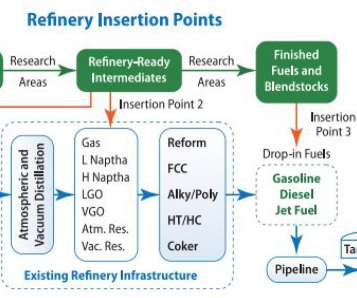Review of co-processing of biocrudes in oil refineries
Green Car Congress
JANUARY 1, 2023
In an open-access paper in the journal Energy & Fuels, a team from VTT Technical Research Center of Finland, with colleagues from Pacific Northwest National Laboratory (PNNL) and Ghent University, provides an overview of co-processing options for such bio-liquids. The biocrude is more viscous but less dense than FPBO.






































Let's personalize your content